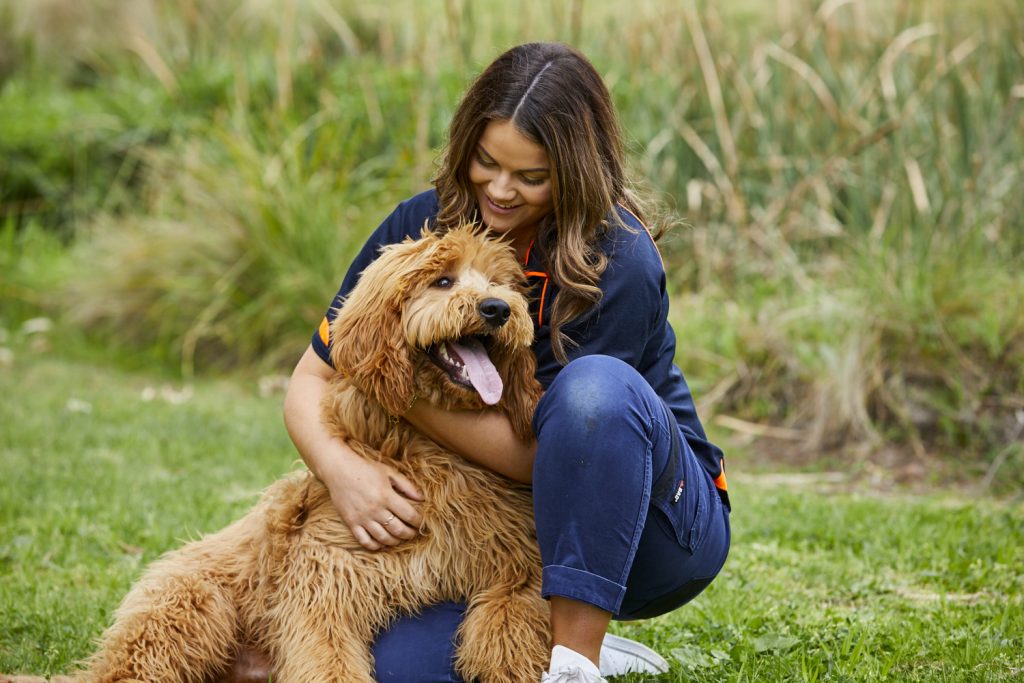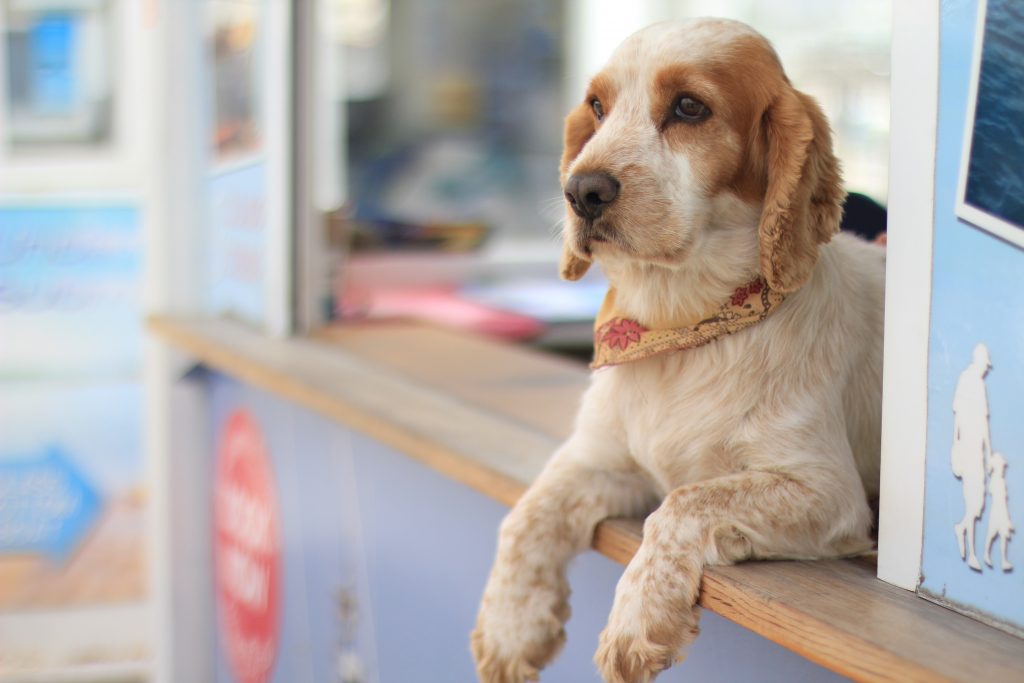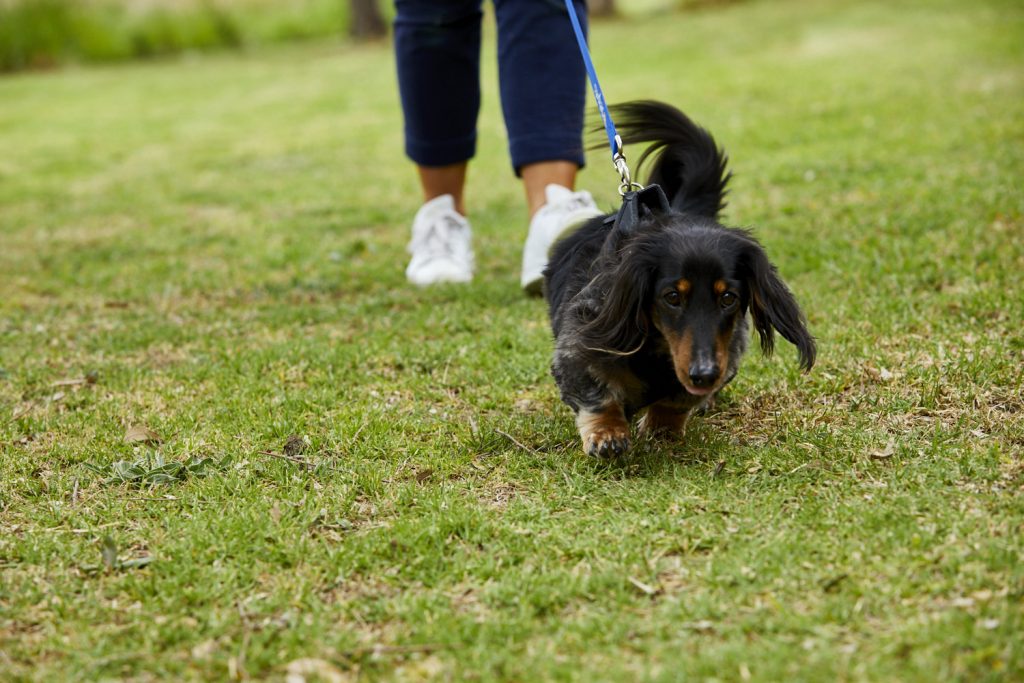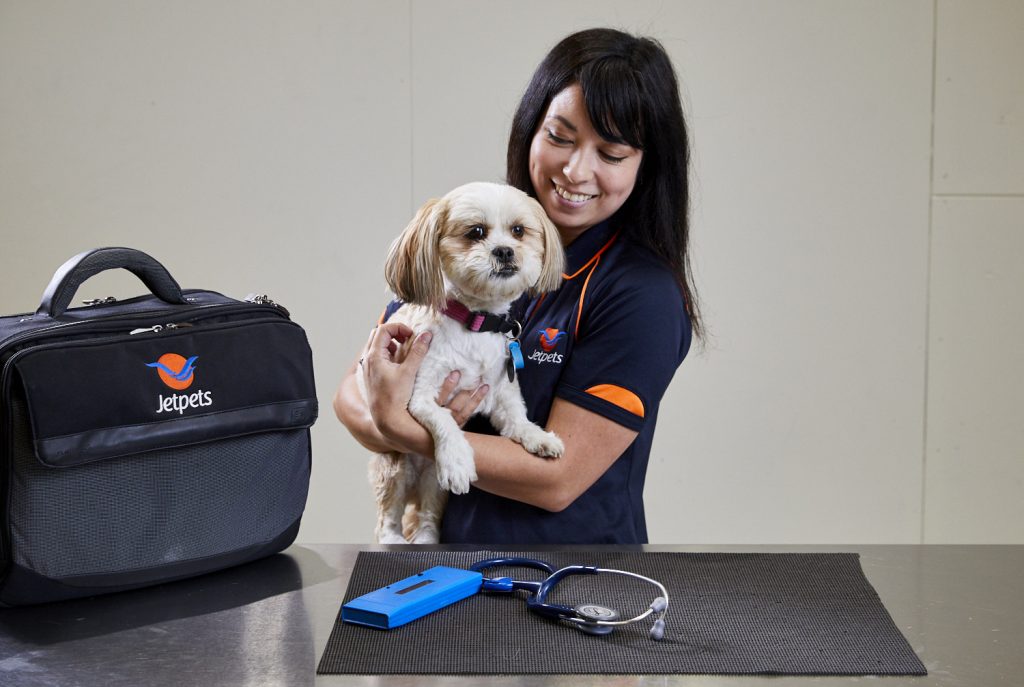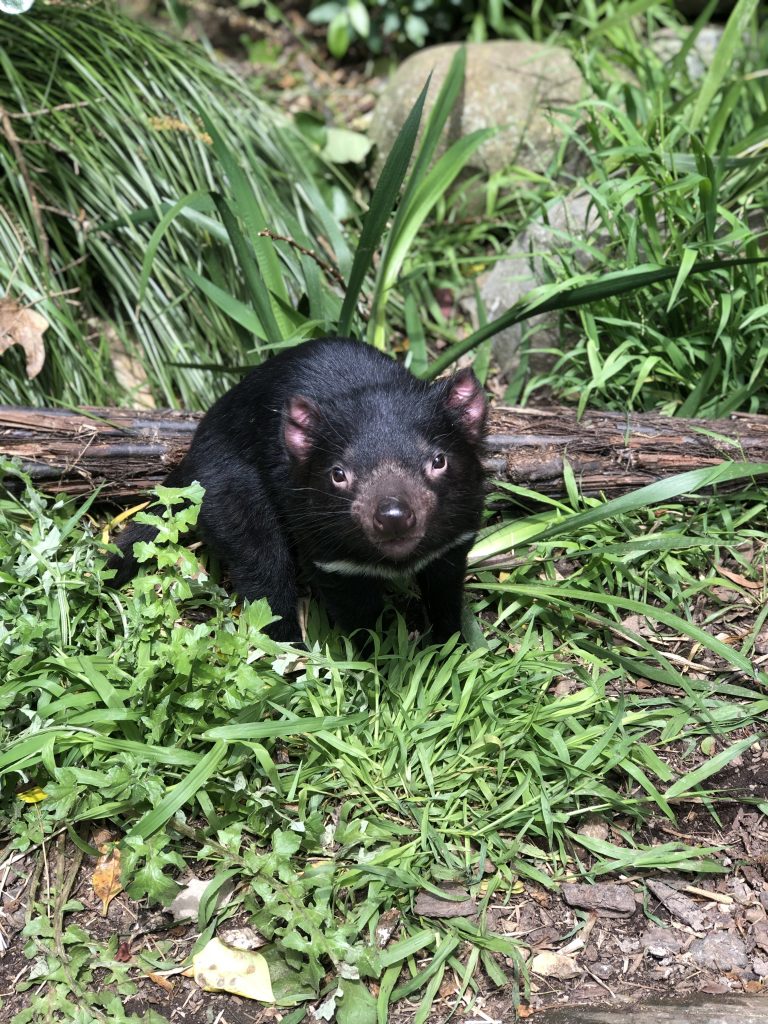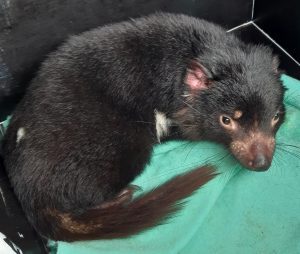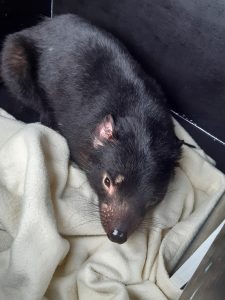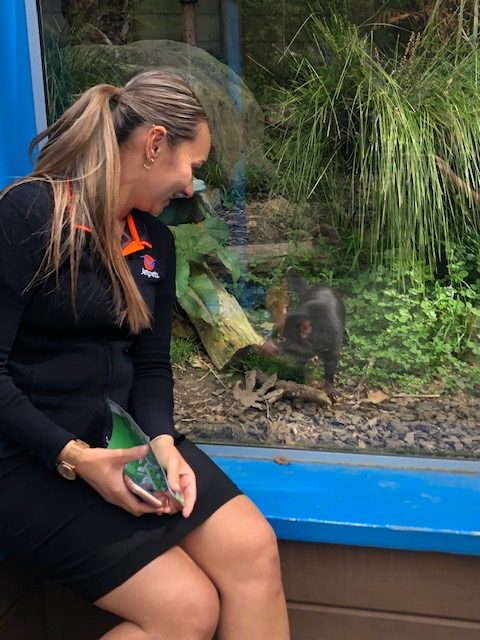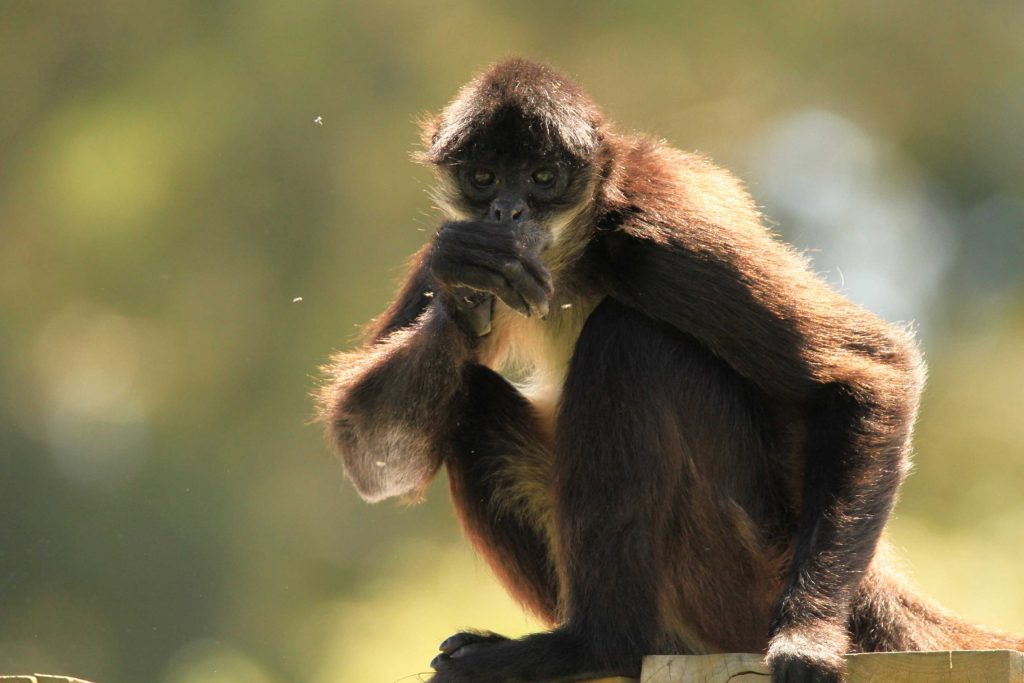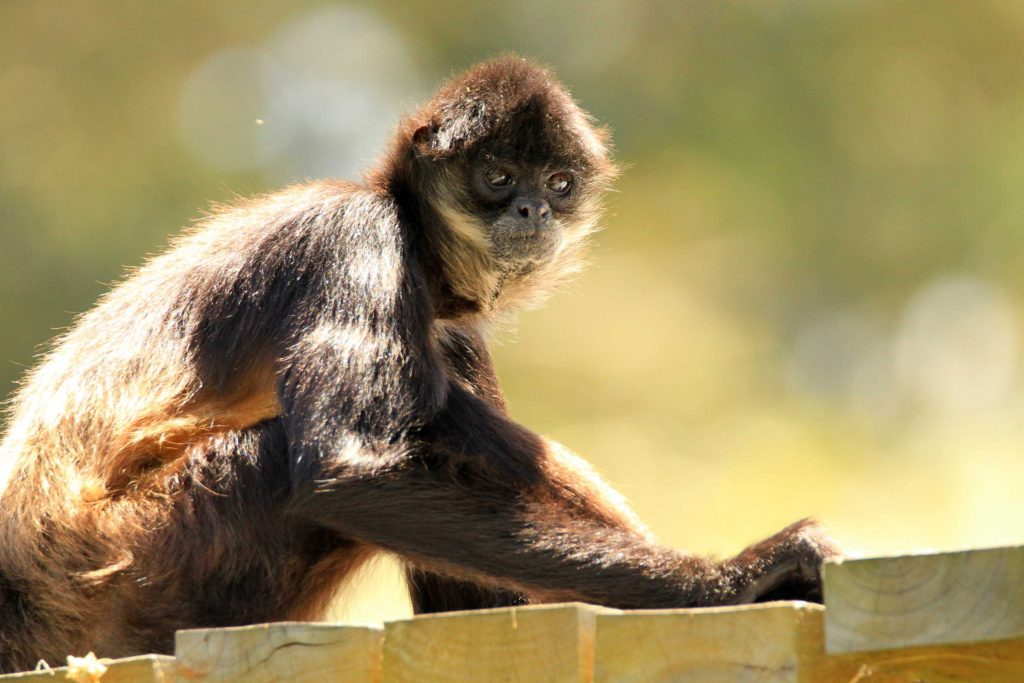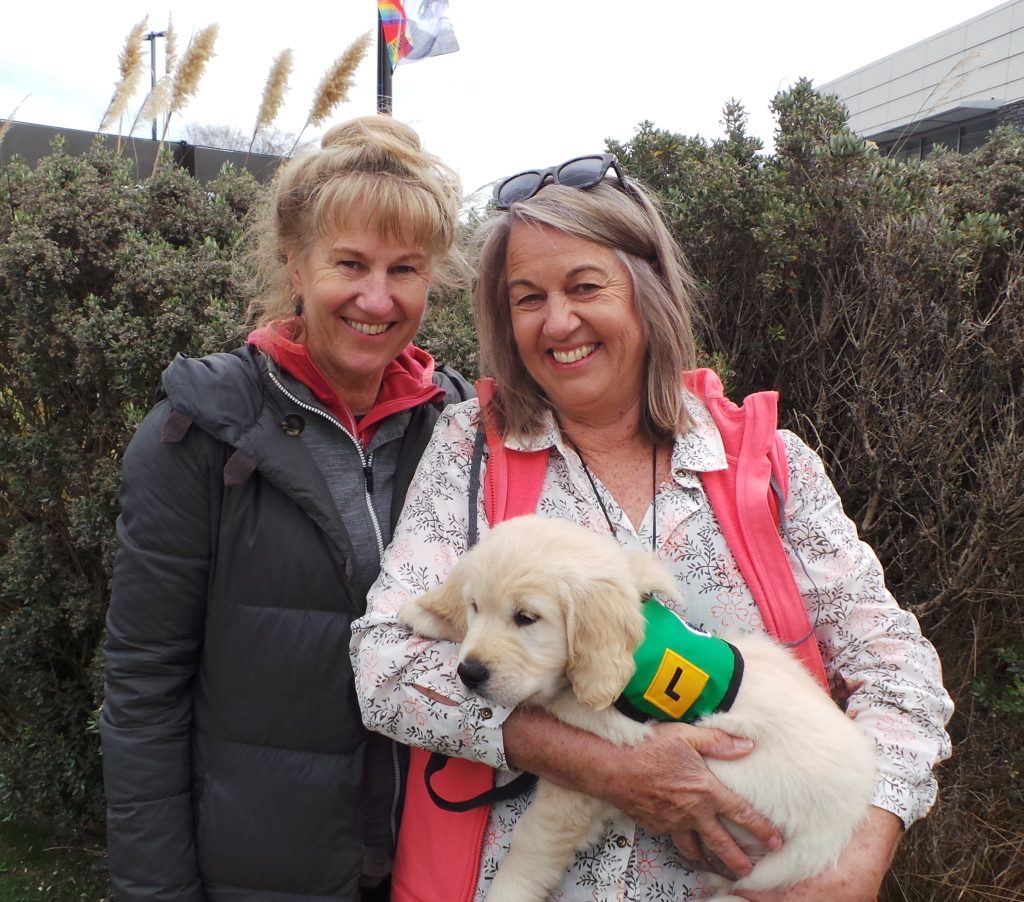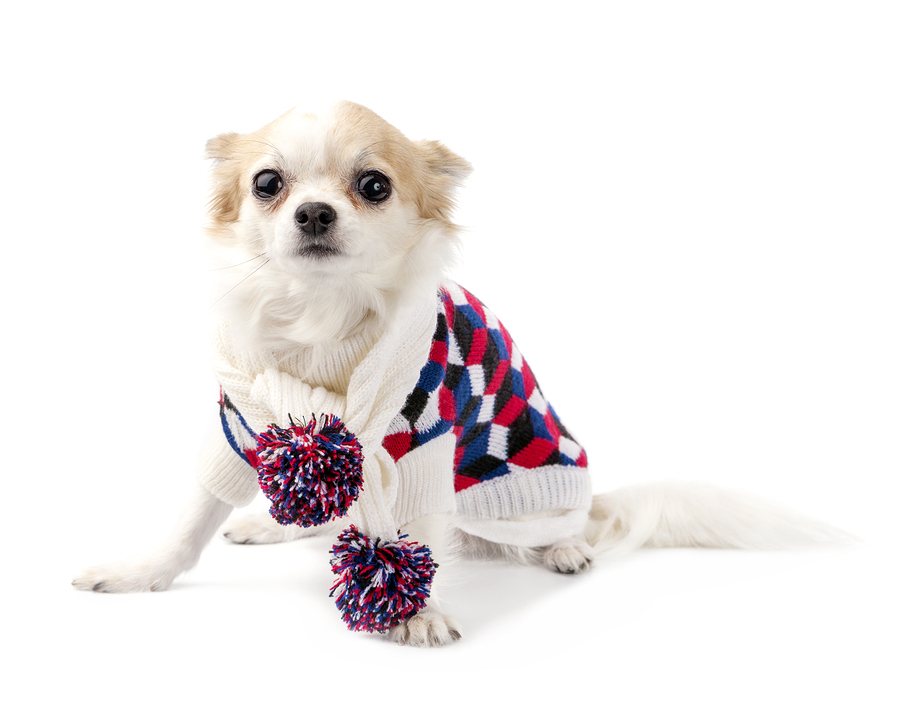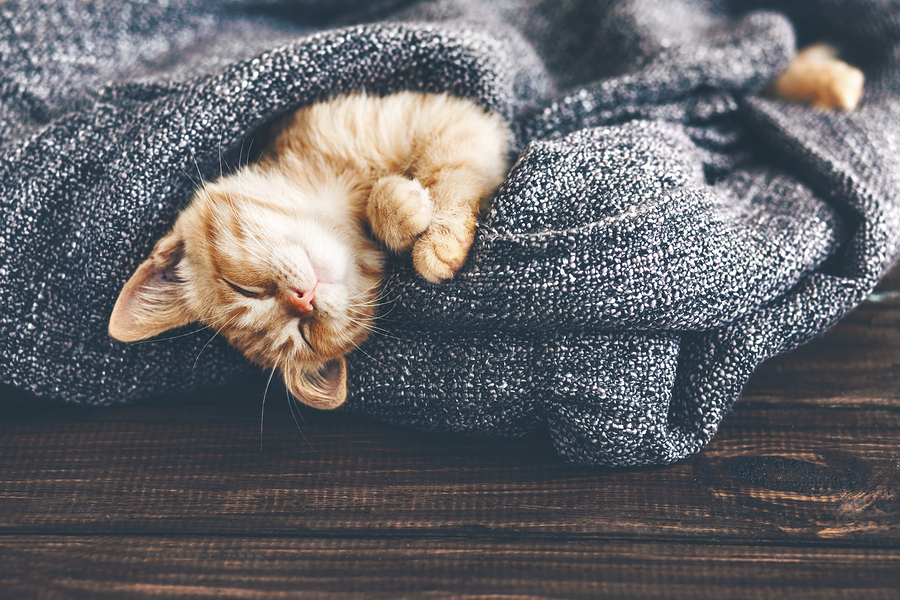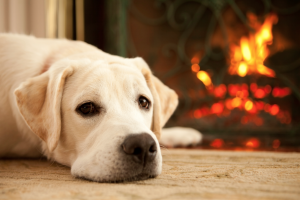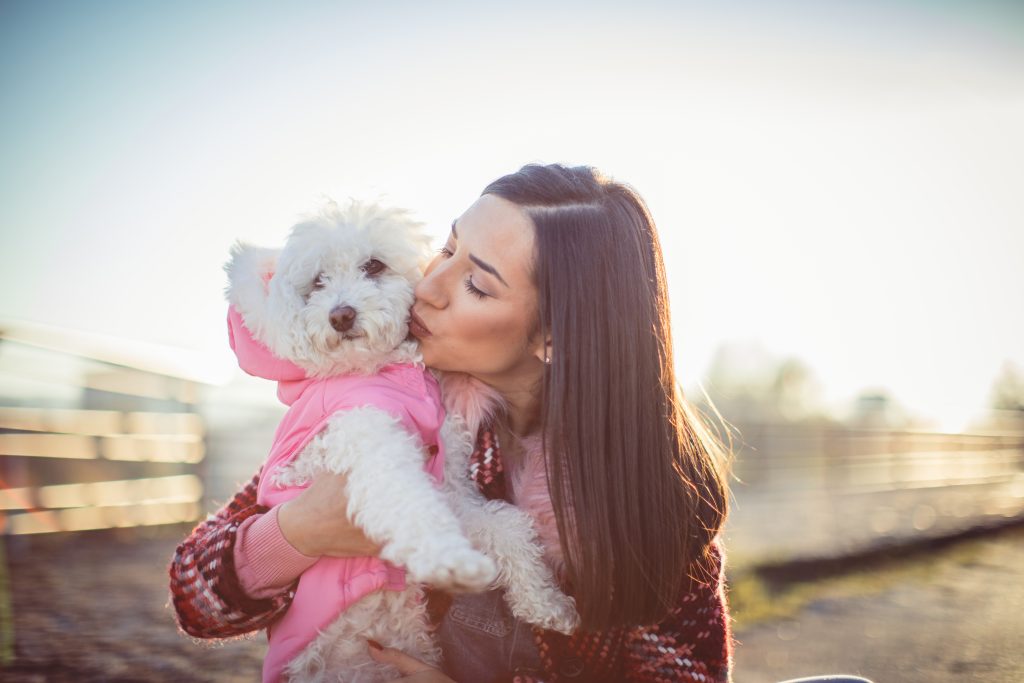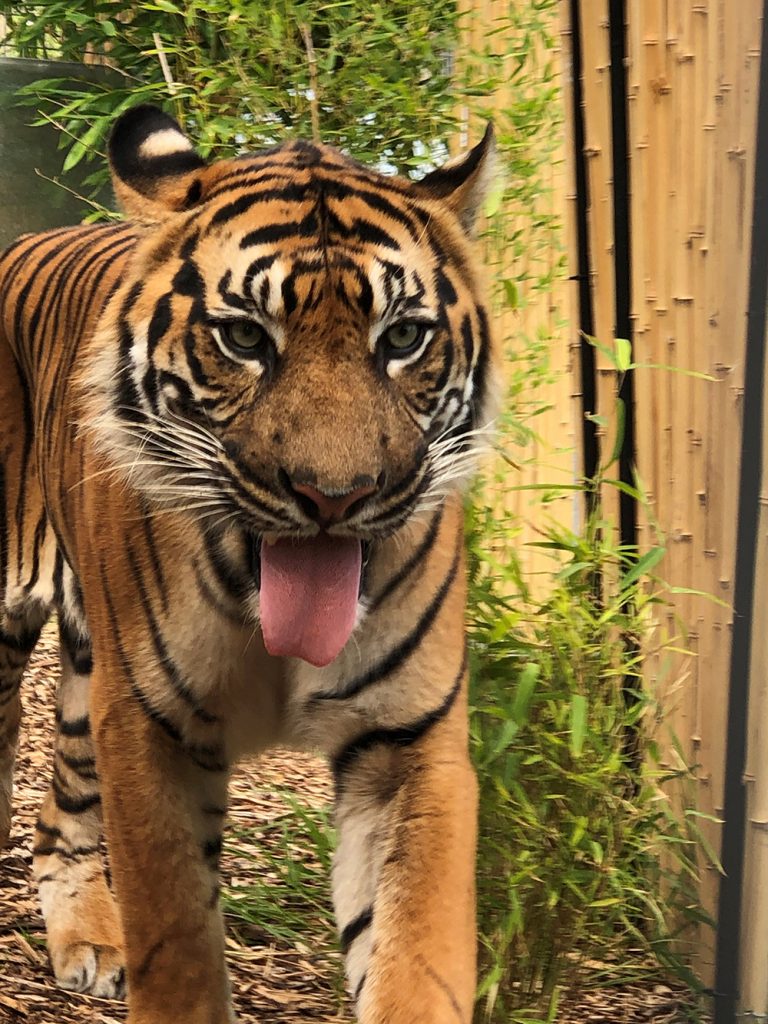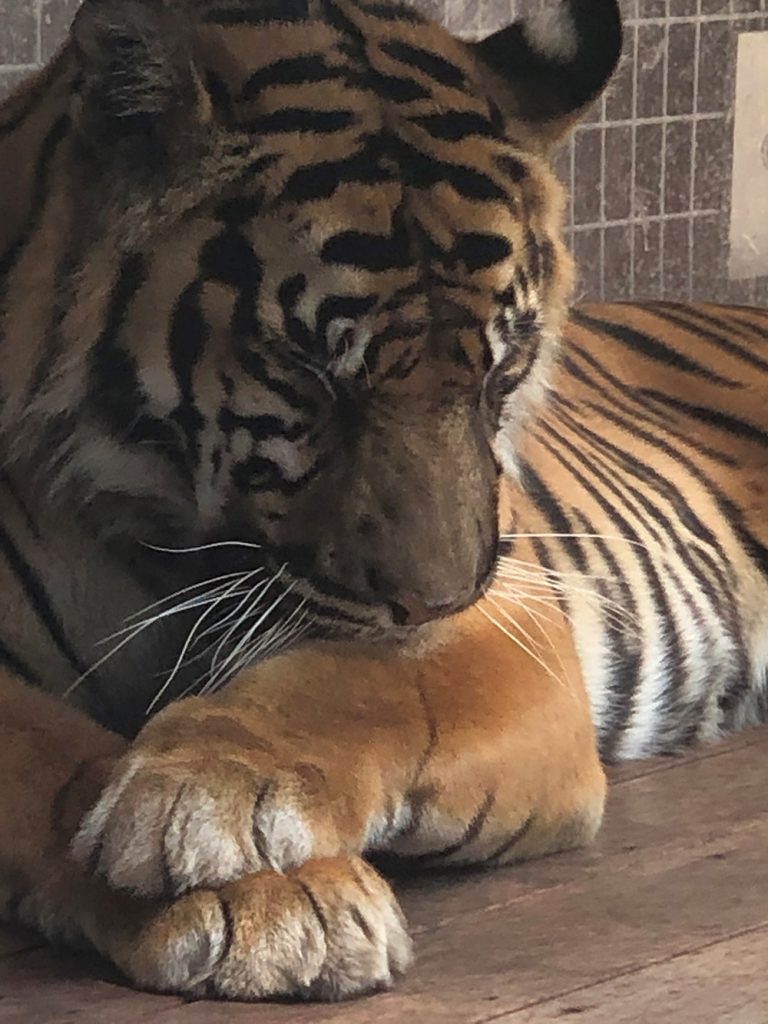 At Jetpets, we like to help you make the pet travel process as easy and stress-free as possible for you and your furbaby. However, it’s important to remember that the travel process goes beyond the pick up from the airport or transit lounge, your furbabies will still need some time to get used to their new home and the new sights, smells and sounds that come with it. This is especially true for cats, as they are creatures of comfort and can take longer to acclimatise when compared to their dog counterparts.
At Jetpets, we like to help you make the pet travel process as easy and stress-free as possible for you and your furbaby. However, it’s important to remember that the travel process goes beyond the pick up from the airport or transit lounge, your furbabies will still need some time to get used to their new home and the new sights, smells and sounds that come with it. This is especially true for cats, as they are creatures of comfort and can take longer to acclimatise when compared to their dog counterparts.
We’re very fortunate to have expert in-house vets at Jetpets and we’ve asked Dr. Angus for his advice and top tips when it comes to helping your cat settling into your new home.
Phase 1: ‘Safe Mode’
Cats are usually quite bonded to their home territory so tend not to appreciate the time, expense and effort that you’ve gone to in relocating them with you – not initially anyway… Once they leave their established home most cats will go in to ‘safe mode’ whereby they will ‘lay low’ and ‘sit tight’- as in they will retreat to the back of their travel crate and maintain a low body and head posture to try and remain as ‘invisible’ as possible; this is a natural self-protective response employed by cats. We should, however, mention that there is a small cohort of outliers among the cat population who are a bit more outgoing; these are the ‘confident’ cats who will be at the front of the crate looking for any attention they can get. Having said that; the following advice applies to all cats.
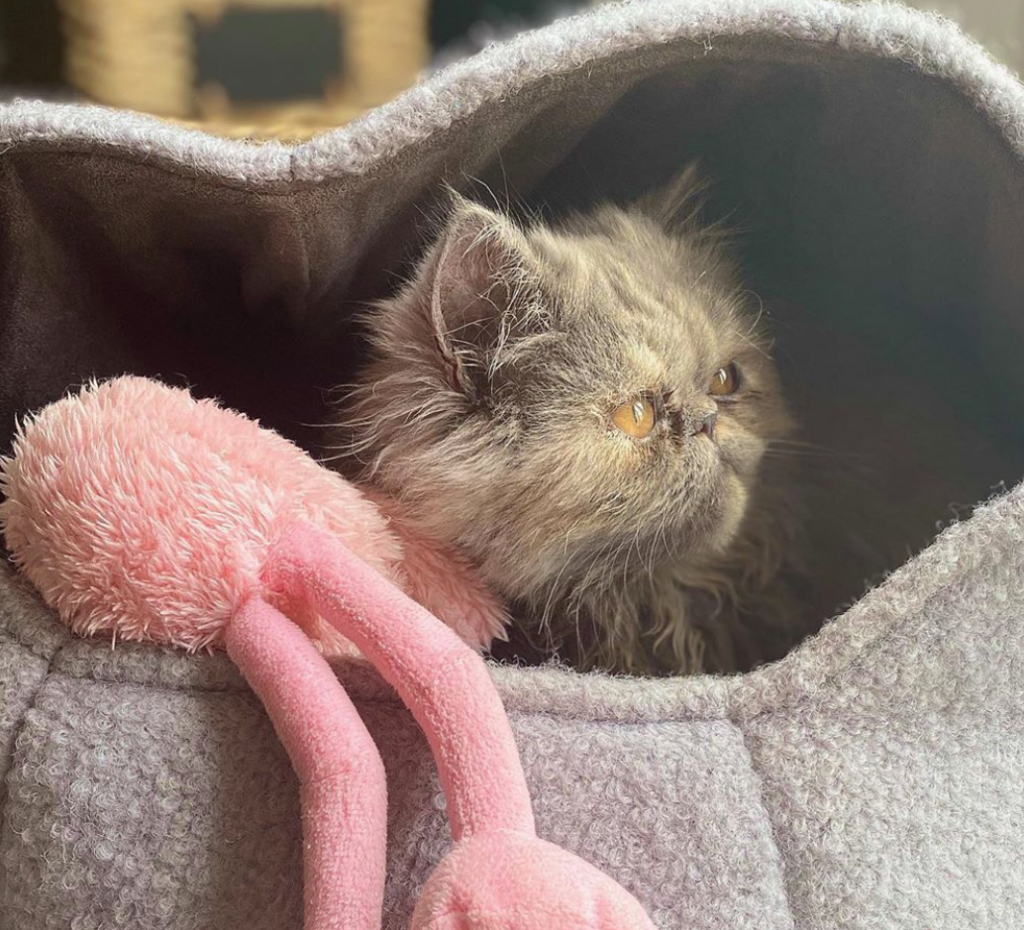
Image: @exoticblume
On receiving your intrepid feline adventurer (or bag of nerves – whatever the case may be) on arrival either at the airport or if they are delivered to your doorstep the most important thing to remember is, no matter how much you want to give them a reassuring scratch around the ears,
do not under any circumstances open the crate in an uncontained area. A cat that escapes in an unfamiliar area, no matter how friendly/easy going/dog-like they are normally is very likely to bolt and may be lost forever.
Phase 2: Allocate a ‘Safe Room’
So, once you’ve got them to their new home; it’s best to allocate them their own room for starters – preferably one without hiding places behind heavy electrical devices like fridges and washing machines.
In this room you’ll need at least one good-sized litter tray filled with their preferred litter (if they have a preference) and at the opposite end of the room a bowl of clean water (preferably bottled water – some cats may not initially drink tap water that tastes ‘different’ due to chlorination, different pipes etc.) and a selection of their favourite food – we’re talking the expensive stuff here; prawns, salmon, venison – you’ve spent enough to cover a business class airfare on them so you may as well splash out on some business class tucker too. Your cat will of course reciprocate (OK, punish you) and expect you to eat beans on toast for a few weeks.
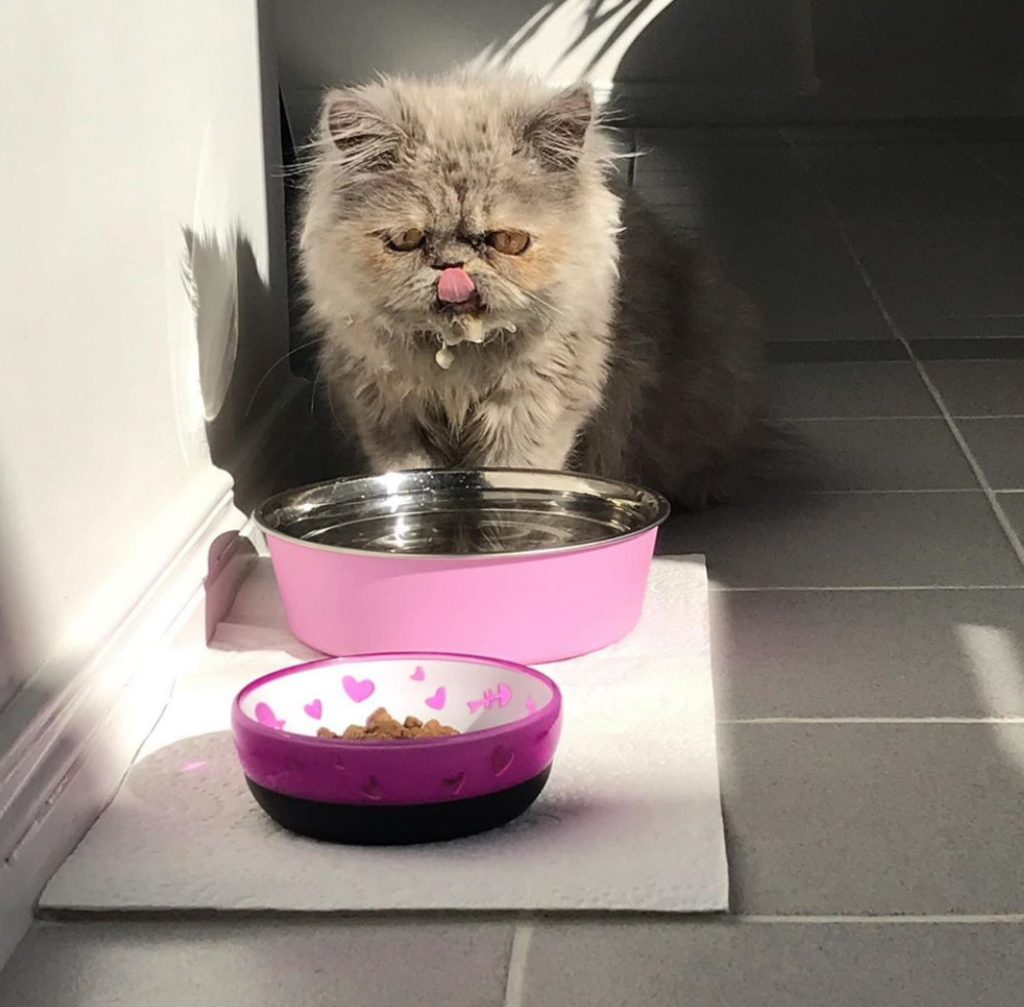
Image: @exoticblume
Also, in their initial ‘safe room’ you’ll need a comfortable hiding place such as an igloo. You may be able to use the travel crate as this hiding place but first check that the Stay Dry mat hasn’t been soiled – turn it over to check for any tell-tale marks on the underside as it will, as given away by the name, be dry on top. If need be tip out the bedding from the crate and replace it with clean bedding.
Highly recommended for the ‘safe room’ is a Feliway plug-in diffuser, this will help indicate to your cat that this is a safe area and help them to settle/calm down more quickly.
It’s best to open the crate in the ‘safe room’ and let your cat come out of their own accord – most will within a few minutes but a few may need a little coaxing. Most cats will then carry out a ‘sweep’ checking for the presence of any other cats – in other words this is the first stage of establishing their new territory. They may vocalise while undertaking this sweep and may want to jump up onto any high surfaces such as cabinets, shelves etc. to get a better view of their surroundings.
Once they’ve established that the area is theirs and theirs alone then they will begin to relax and possibly even come and say hello to you (and check that you haven’t been cheating on them with any other cats during their absence…). Once you’ve reached this point you can leave them to relax further in their new bit territory by giving them some peace and quiet and time to have a bite to eat and use the tiger-latrine.
Phase 3: Time to Explore
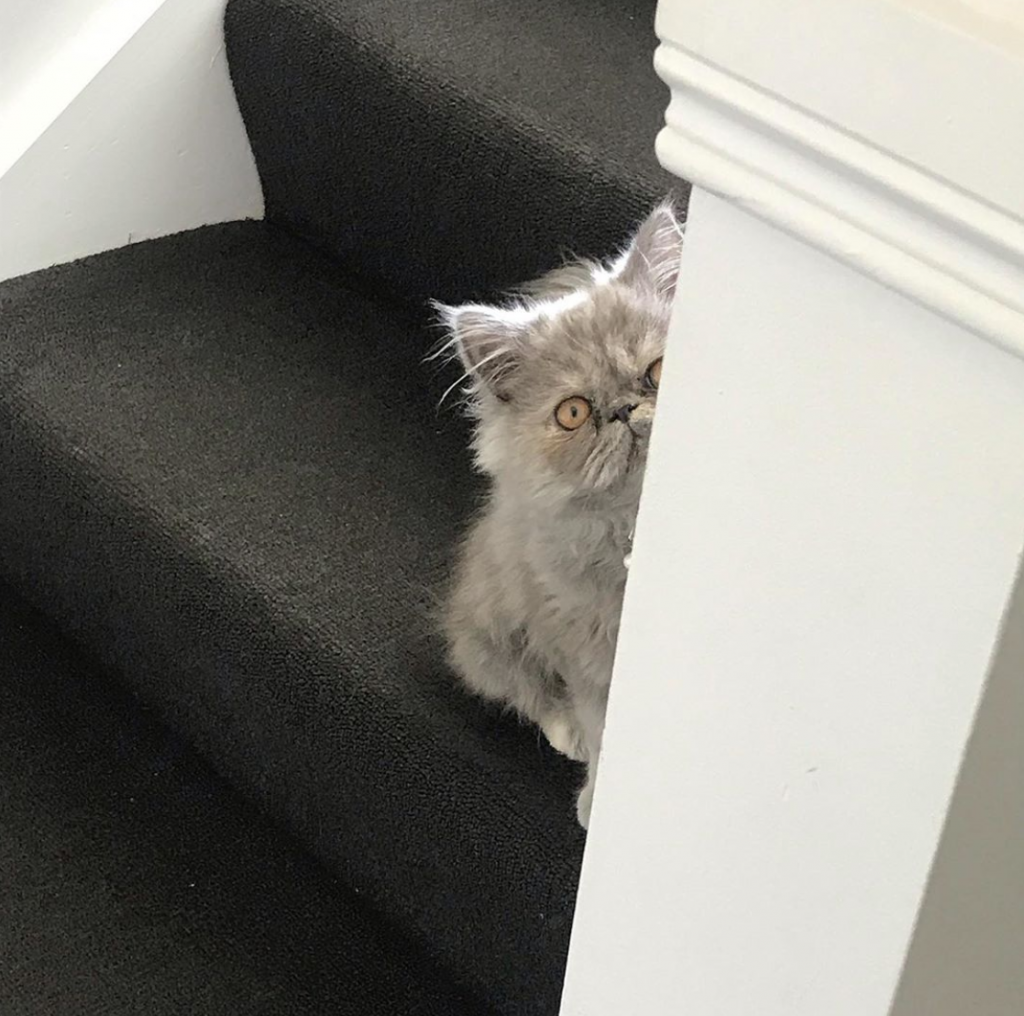
Image: @exoticblume
Sooner or later there will be a request to have a look through the door and find out what’s in the next room. If you’re happy to, and provided all exits are closed, you can let them through and they will then repeat the process of checking that they have exclusive rights to this new bit of territory.
You can then progressively introduce them to as much of their new home as they feel comfortable being introduced to. But remember always ensure that all outside exits are closed!!
You do not want to let your cat out into the open until you are completely confident that they are well established in and bonded to their new indoor territory. There is no hard and fast rule as to how long this establishment or bonding takes (some people say two weeks others say up to six) as it very much depends on your cat’s individual temperament. Ultimately you need to be confident that they have established their indoor territory as a safe place where if they are outside and something scares them then then their automatic response is to retreat to the house.
Phase 4: Out and About (this only applies to cats who are not indoor-only)
Most cats will pretty quickly in the first couple of days after arrival in their new home begin to show an interest in the outside world and begin to ‘ask’ to go outside – it’s best to take a conservative approach to this and don’t give in to them too soon until you are comfortable that they will come back to the house rather than launch into an epic journey to try and return to their previous home.
When you do let them out for the first time this is best done under close supervision letting them explore in, preferably, an enclosed area and only at ground level few minutes or until they start looking to jump or climb before returning them inside. You can then repeat these supervised
outings for longer periods of time and always make sure that there is a clear way back into the house through an open door. Cats do not understand or respect roads and traffic so you always need to be aware of busy roads if they are nearby.
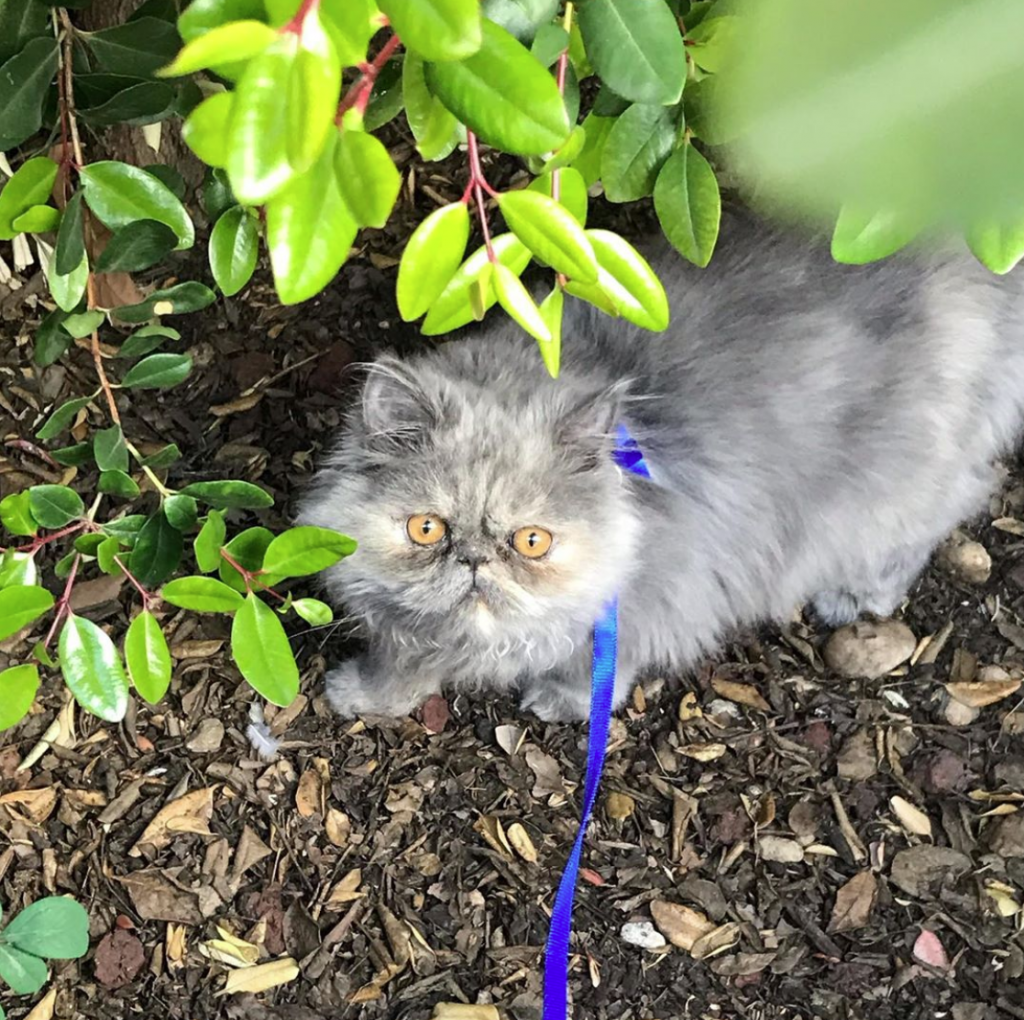
Image: @exoticblume
A good time to let your cat out for the first time is prior to a meal. Initially you can take them back in and feed them and then once they’re more relaxed outside put their food out just inside the door and allow them to come in under their own steam. Once your cat has explored your
immediate garden and has chosen a ‘favourite spot’ where they are comfortable sitting and watching the world go by, and will come in for food when called, then you can at last consider your cat’s relocation a success.
But always remember with all cats that curiosity will often lead them further afield; this typically occurs during hours of darkness so it is recommended to keep cats indoors at night both for their own safety and to mitigate impacts on local bird and wildlife populations.

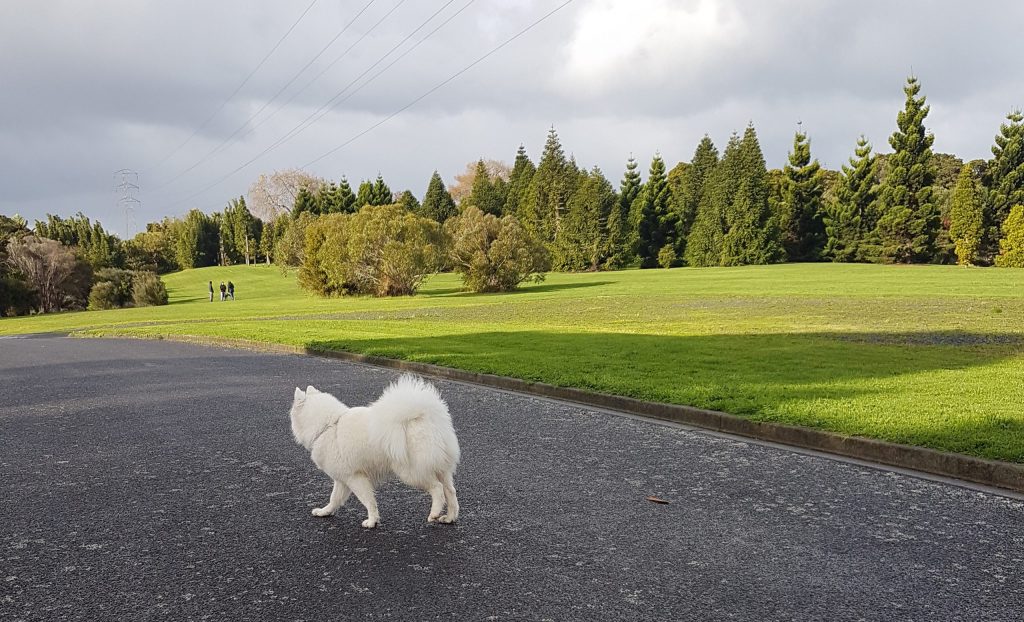
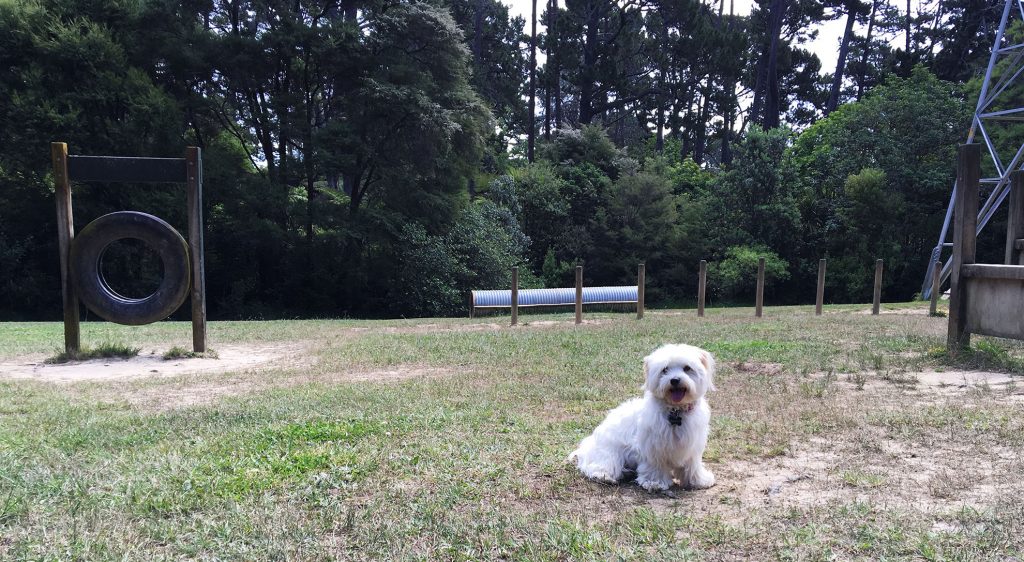
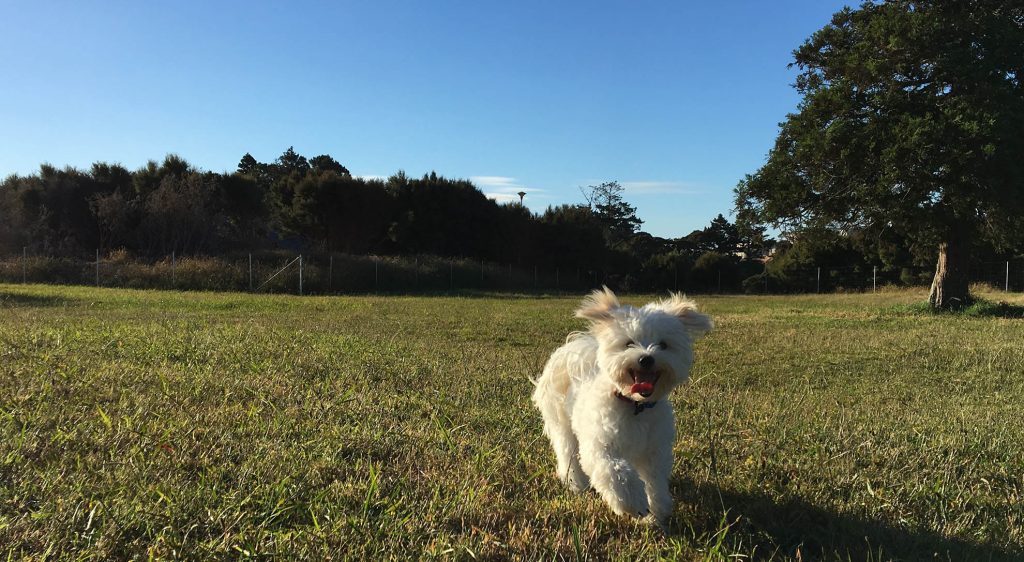
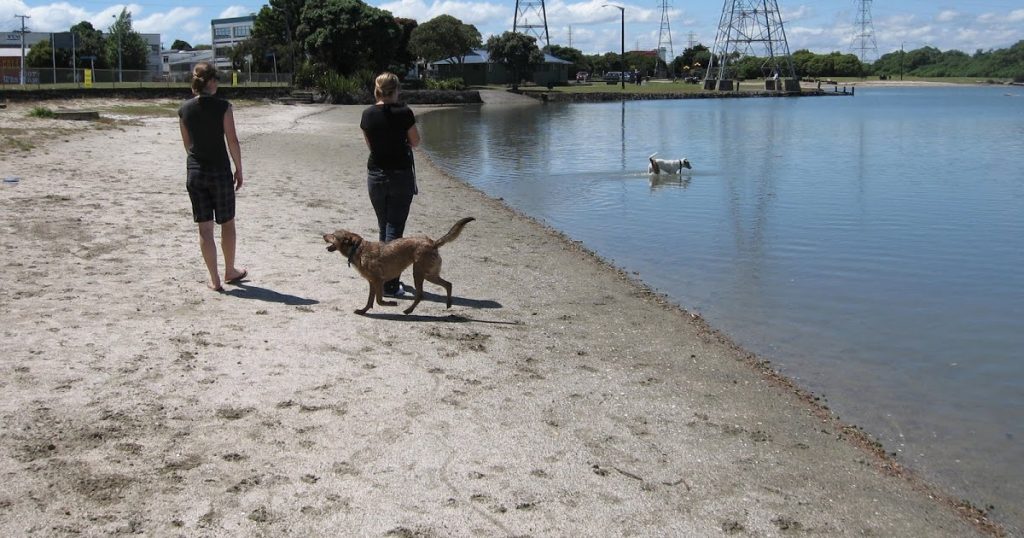


 At Jetpets, we like to help you make the pet travel process as easy and stress-free as possible for you and your furbaby. However, it’s important to remember that the travel process goes beyond the pick up from the airport or transit lounge, your furbabies will still need some time to get used to their new home and the new sights, smells and sounds that come with it. This is especially true for cats, as they are creatures of comfort and can take longer to acclimatise when compared to their dog counterparts.
At Jetpets, we like to help you make the pet travel process as easy and stress-free as possible for you and your furbaby. However, it’s important to remember that the travel process goes beyond the pick up from the airport or transit lounge, your furbabies will still need some time to get used to their new home and the new sights, smells and sounds that come with it. This is especially true for cats, as they are creatures of comfort and can take longer to acclimatise when compared to their dog counterparts.



 This is a good news story. The moment your dog sees you, or another family member, on arrival from their ride on the big jet plane then suddenly all will become clear as why they just did what they did. And, dogs being dogs, they’ll be so overcome with the joy of seeing you (as they always are), they’ll forget almost completely about what just happened.
This is a good news story. The moment your dog sees you, or another family member, on arrival from their ride on the big jet plane then suddenly all will become clear as why they just did what they did. And, dogs being dogs, they’ll be so overcome with the joy of seeing you (as they always are), they’ll forget almost completely about what just happened.